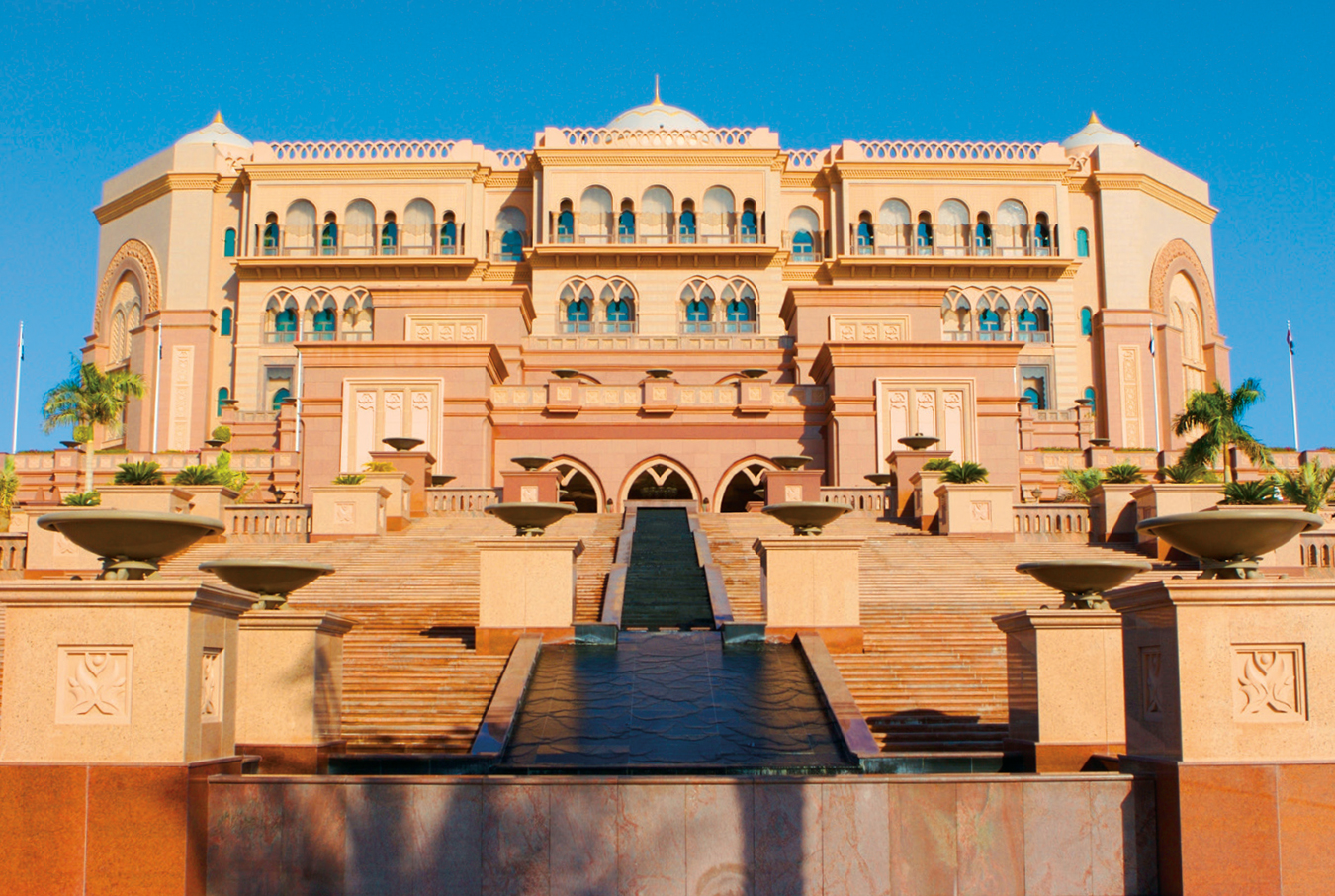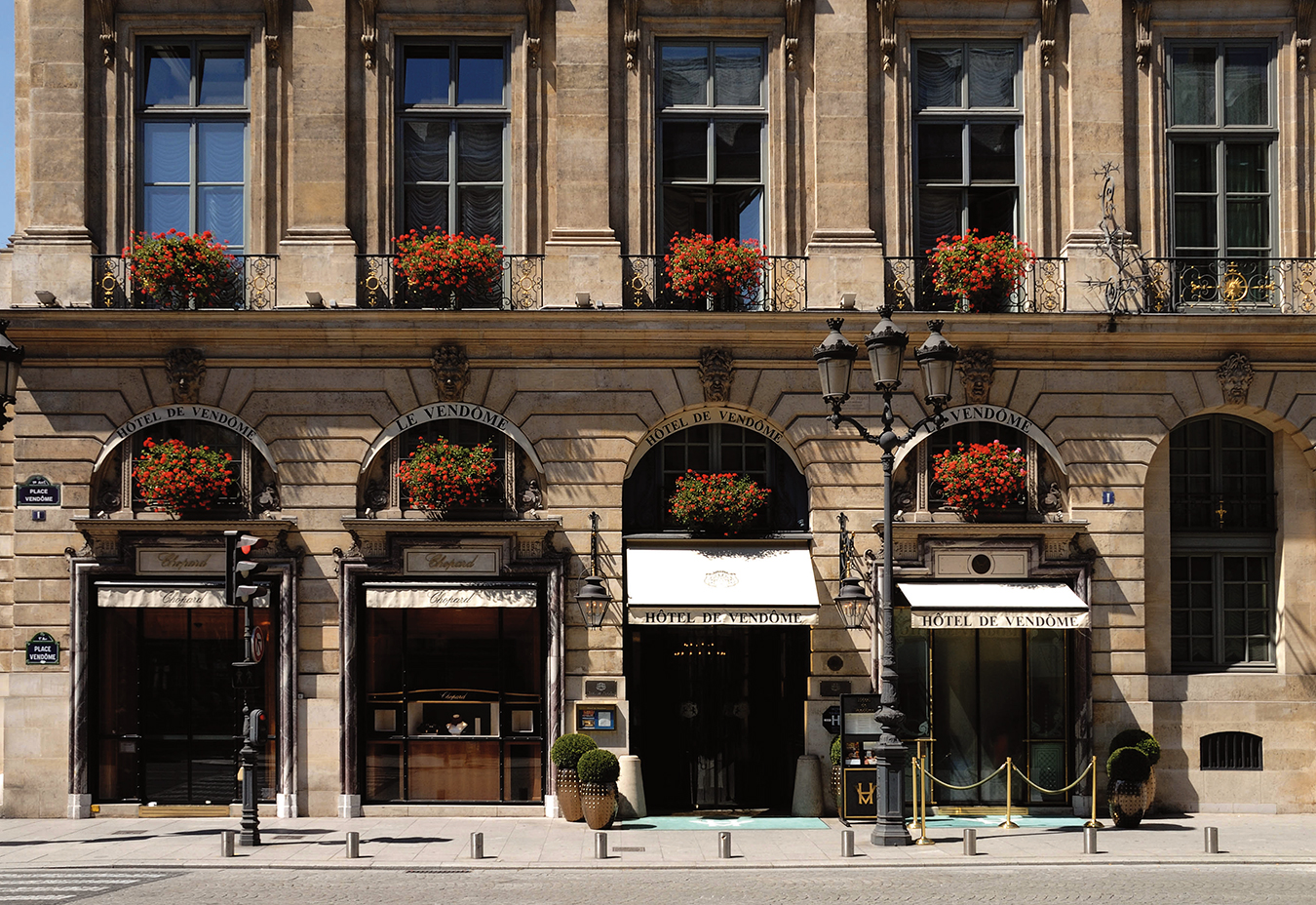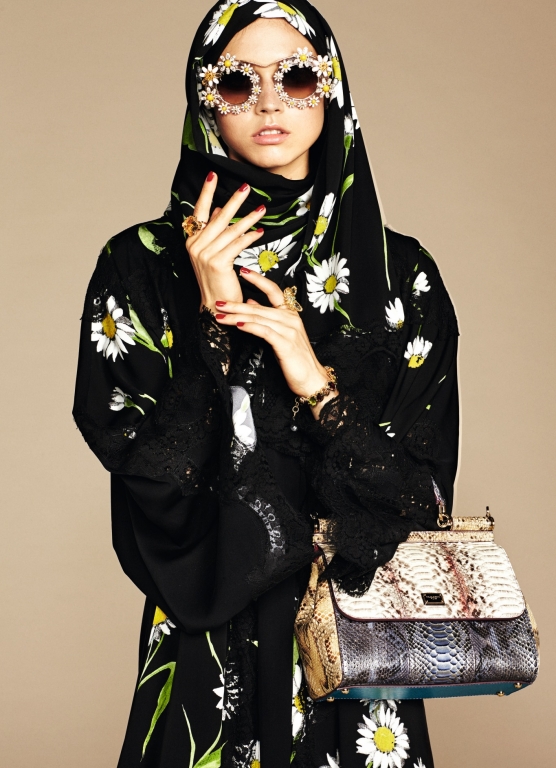-
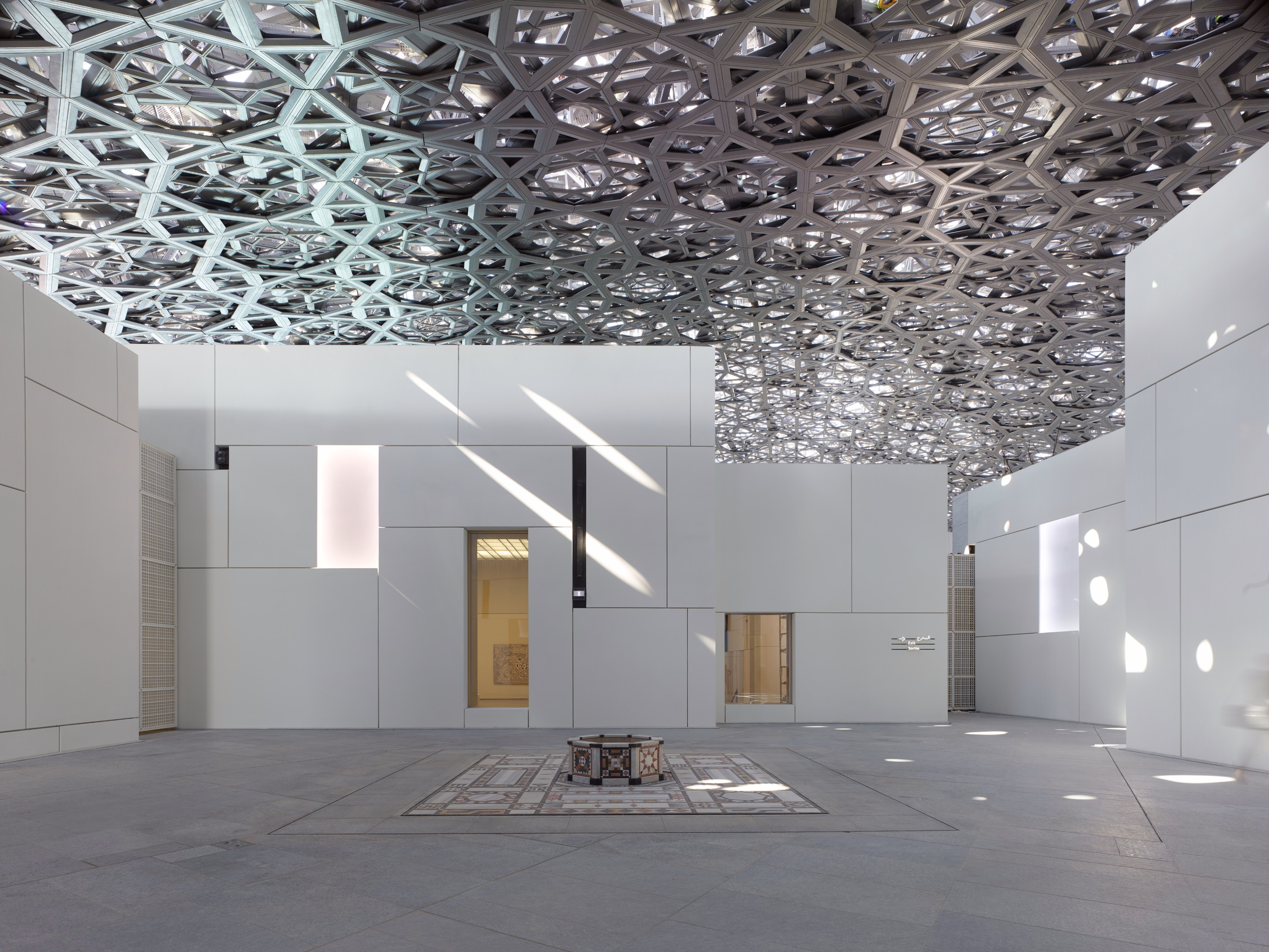
Photo by Roland Halbe, Louvre Abu Dhabi.
-
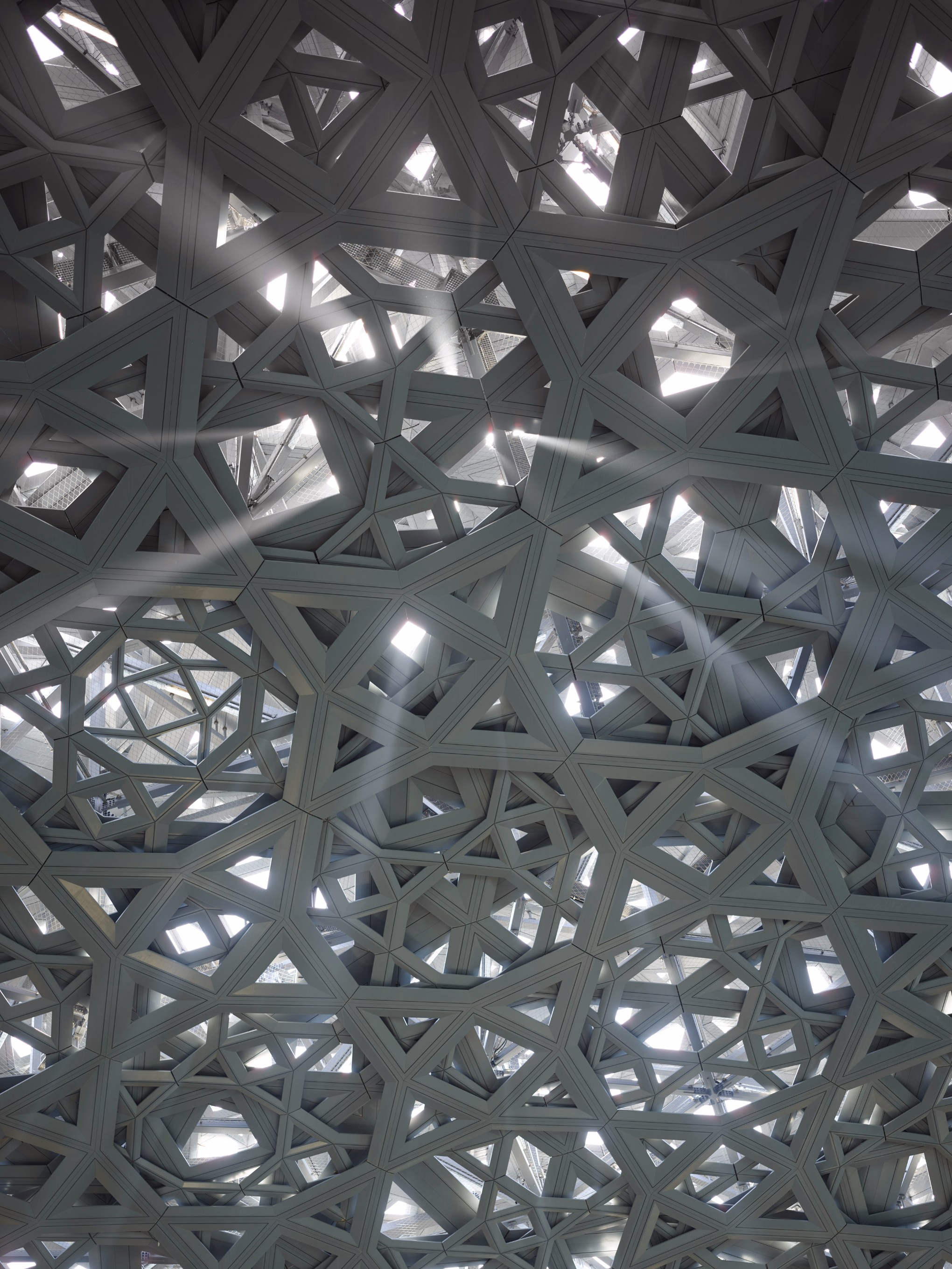
Photo by Roland Halbe, Louvre Abu Dhabi.
-
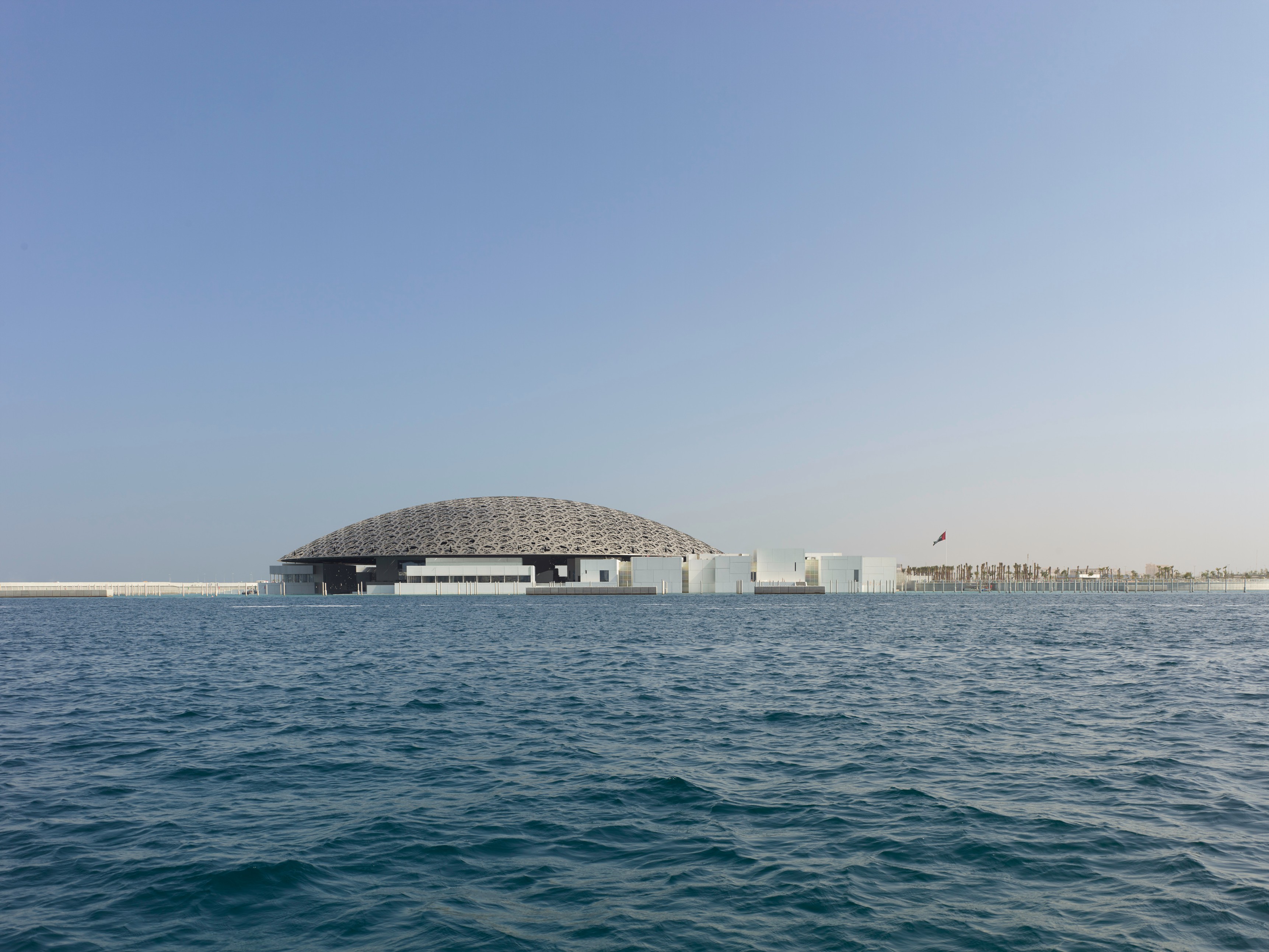
Photo by Roland Halbe, Louvre Abu Dhabi.
-
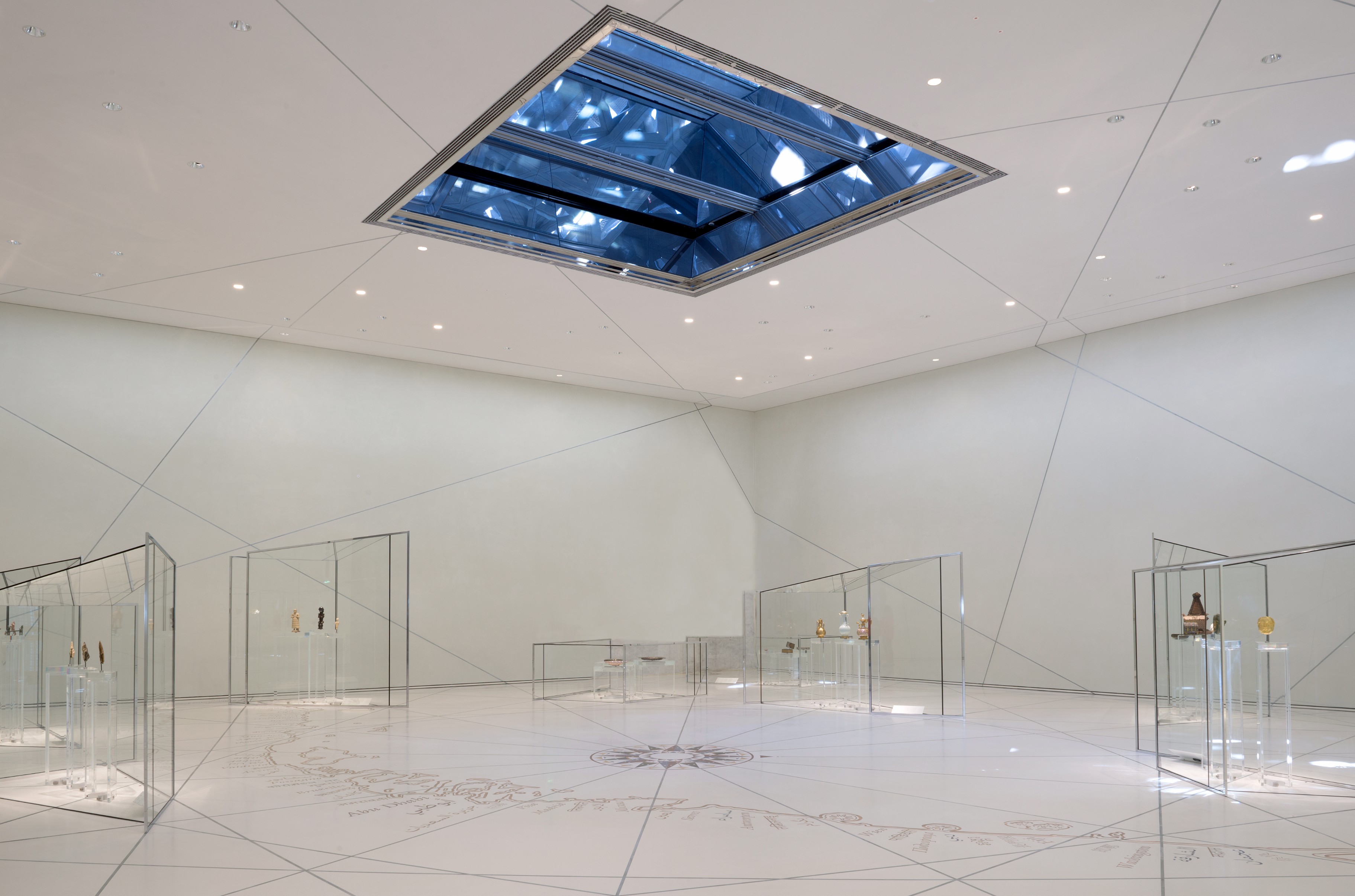
Photo by Marc Domage, Louvre Abu Dhabi.
-
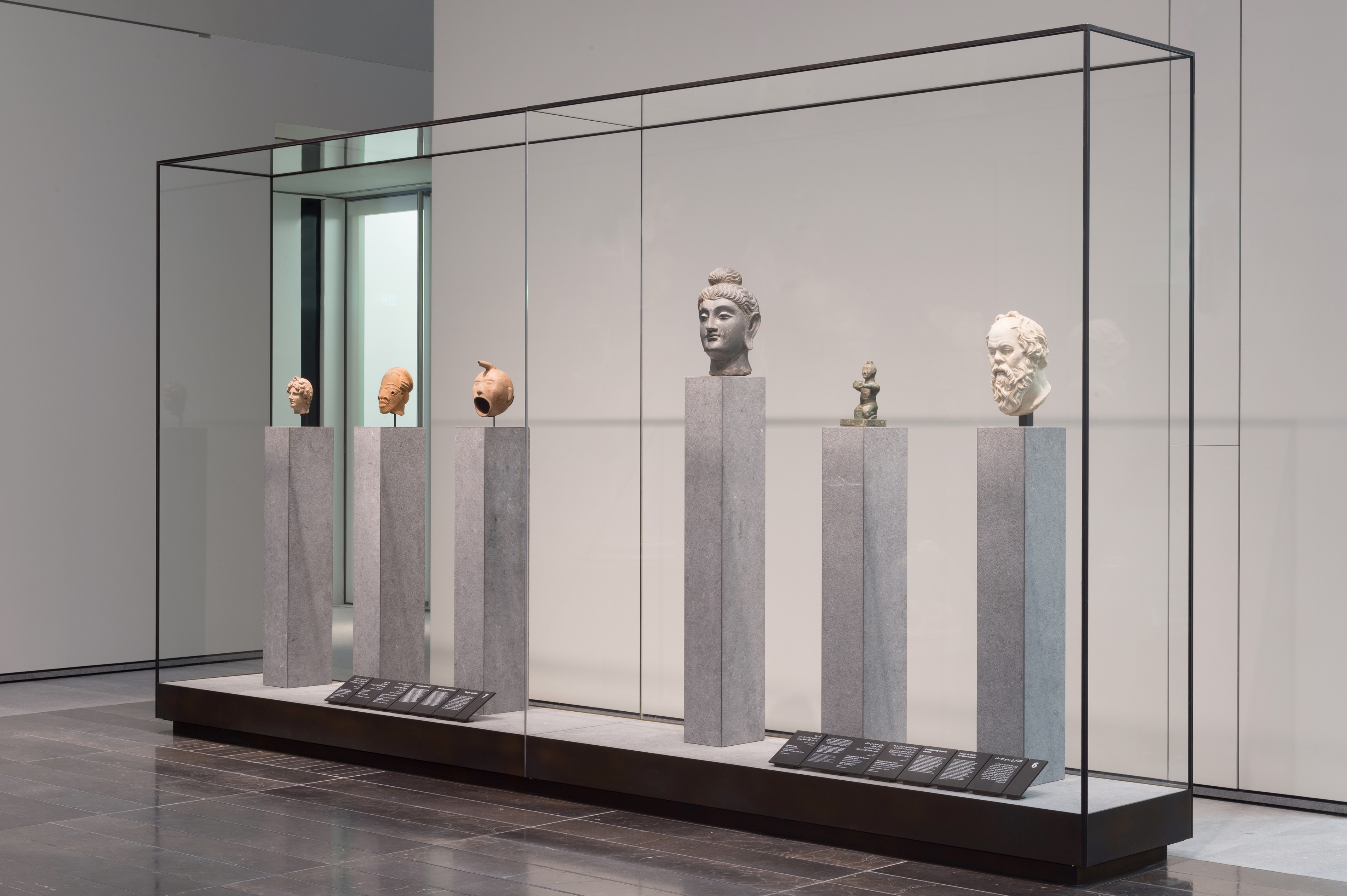
Photo by Marc Domage, Louvre Abu Dhabi.
-
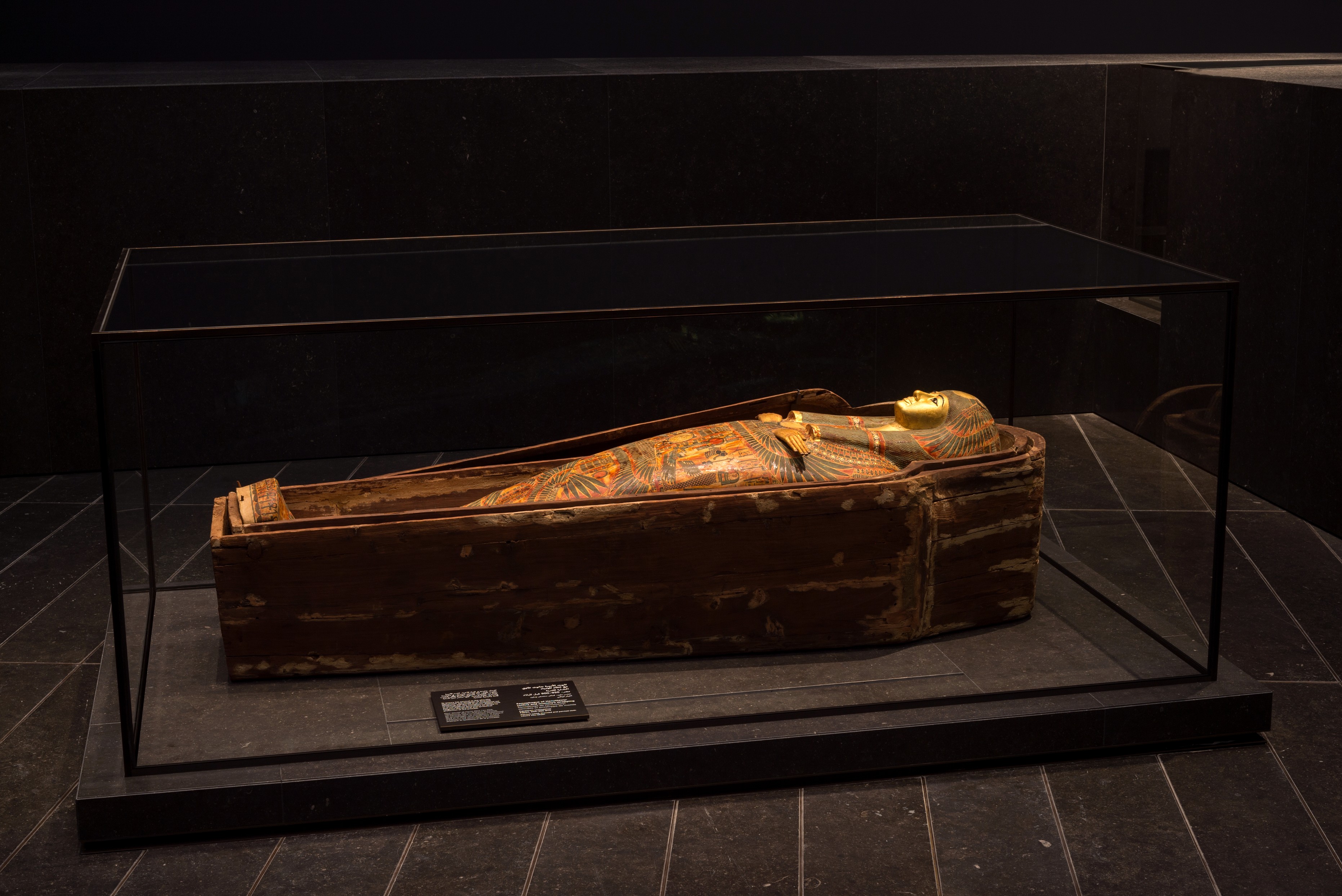
Photo by Marc Domage, Louvre Abu Dhabi.
-
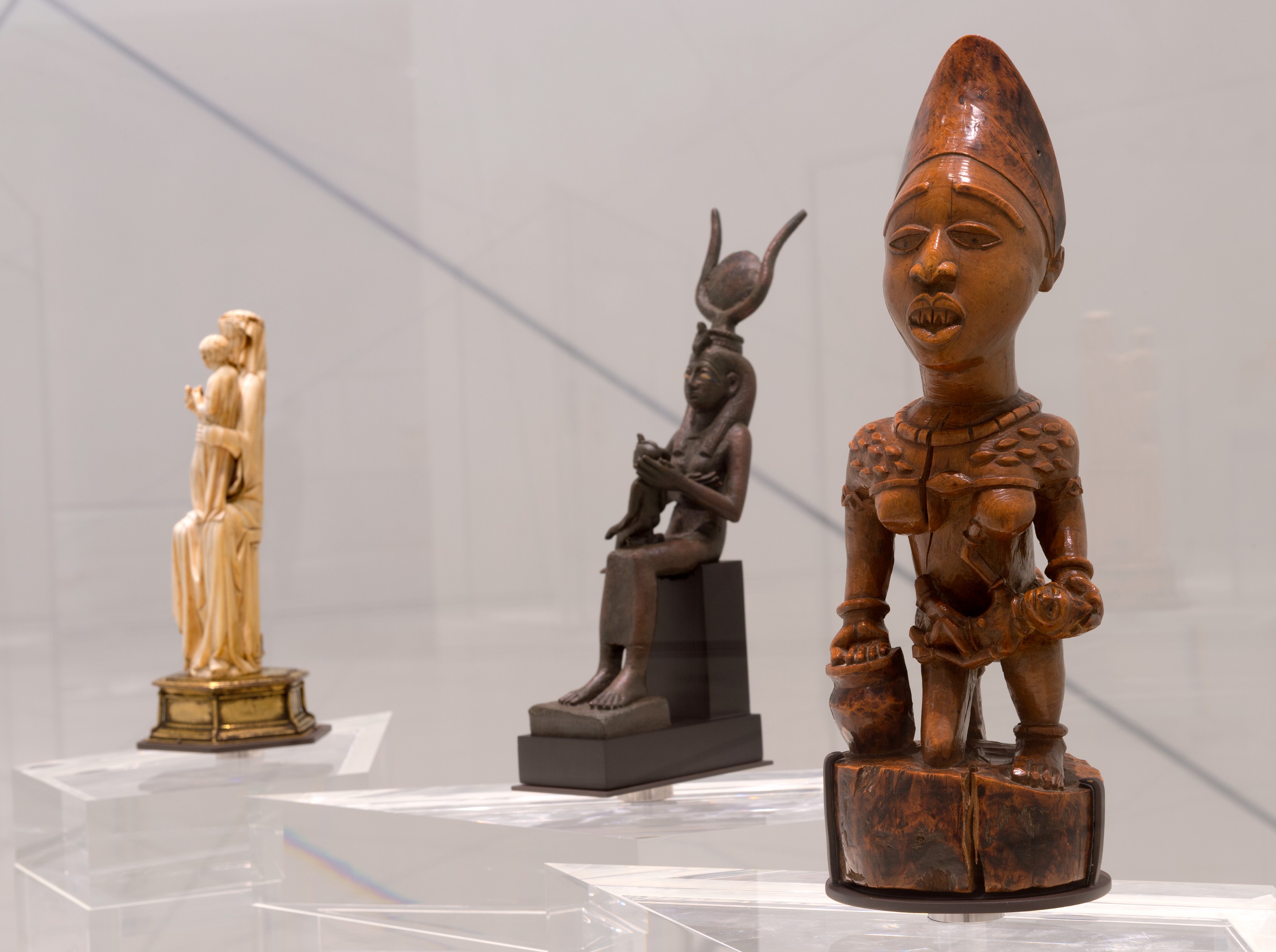
Photo by Marc Domage, Louvre Abu Dhabi.
Louvre Abu Dhabi
East meets West.
Abu Dhabi is familiar with the concept of the expat. The United Arab Emirates is home to thousands of expats from across the globe, working in industries that range from construction, to education, to aviation and more. Its most recent emigrant however, is the Louvre Abu Dhabi—an embodiment of this transcontinental meeting of east and west.
Scheduled to open before the end of the year, the Louvre Abu Dhabi, with an estimated cost of almost 2.4-billion AED (almost $900-million Canadian), is the manifestation of an intergovernmental agreement between the UAE and France. The museum will house major works of decorative, fine, and contemporary art, as well as archaeological pieces and art history narratives. During the first 10 years of its life, the Louvre Abu Dhabi will cultivate its collection with the aid of loans from French museums.
The foundation on which the museum is being built is as unique as the infrastructure itself: a temporary platform was constructed in the sea surrounding Saadiyat, a natural island stretching 27 square kilometres along Abu Dhabi’s coast that is known for its luxury residences and beaches. A base of steel and concrete will form the museum’s permanent foundation.
Designed by Pritzker Architecture Prize–winning architect Jean Nouvel, the museum merges modern and traditional elements with a white dome reaching 180 metres in diameter that draws inspiration from regional influences and parallels the signature dome feature of Middle Eastern mosques and mausoleums. “A microclimate is created by drawing on sensations that have been explored countless times in great Arab architecture, which is based on the mastery of light and geometry,” says Paris-based Nouvel. This effect is illustrated in skilfully placed geometric openings in the dome ceiling that allow both protection from the harsh Abu Dhabi sun, and playful illumination of the interior space.
The stark white façade is reminiscent of a peaceful mirage—inviting guests to simultaneously seek a cool haven and cultural experience. The Louvre Abu Dhabi is the beginning of a cultural shift on Saadiyat. The island is also set to house the Zayed National Museum in 2016 and the Guggenheim Abu Dhabi in 2017. By establishing a cultural district, museums such as the Louvre Abu Dhabi will attract the diverse populous of the Emirates and expose a global array of ideas. “Architecture is about harnessing the will, desire, and skills of a handful of people in order to modify a place at a given point in time,” Nouvel says.“Architecture is never something you create alone.”
Note: As of November 18, 2017, the Louvre Abu Dhabi is now open to the public.
_________
Never miss a story. Sign up for NUVO’s weekly newsletter.

